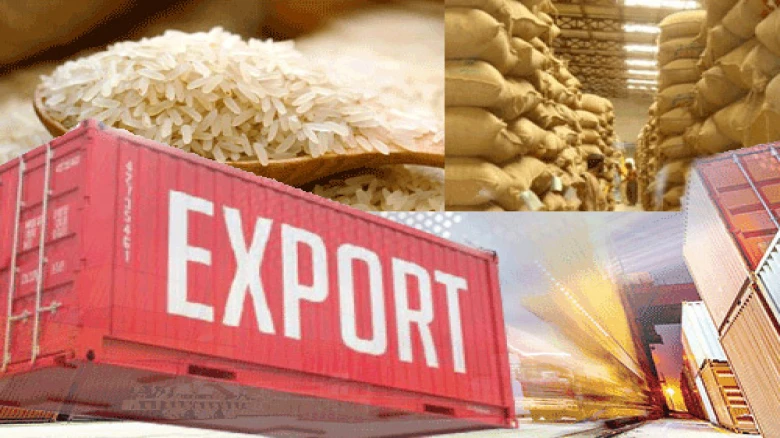Sports

Digital Desk: Following
an anticipated decline in kharif or summer-sown paddy yield due to a weak
monsoon in key producing states, India is considering banning the export of
rice in order to protect its "national food security" and to control
grain prices, according to an official knowledgeable of the issue.
White broken rice
exports will be prohibited under a plan being considered by the ministries of
trade and food, the source said, noting that other types and premium basmati
rice would still be exported..
Poor rains will also
reduce output, forcing many farmers in places where rice is grown to switch
late to other crops. According to the person who was quoted above, the
government is thinking about banning the export of white broken rice only
because doing so would ensure that domestic demand was adequately met and
because there is a high estimate of global demand for this type of rice due to
drought in many regions of the world.
India is a significant
rice exporter, as opposed to wheat. Nearly 22 million tonnes of rice, or about
a sixth of its total output, were exported by the nation in 2021–2022. 40% of
the rice shipments in the world come from India.
The country's paddy
crop has been completely destroyed by a patchy monsoon in a number of regions,
including Bihar, Uttar Pradesh, West Bengal, and Jharkhand. According to
government estimates, the overall area sown with paddy, the main summer staple,
has decreased by 7.6% to 36 million hectares from the 39 million hectares sown
at this time last year.
Because of the
anticipated lower production, rice prices will increase above minimum support
rates, according to Rahul Chauhan, an analyst with commodity trading company
IGrain Pvt Ltd.
After a sweltering
early summer reduced wheat output by an estimated 2.5%, the nation outlawed
private wheat exports in May.
Even though a typical
monsoon was predicted, the states where paddy is grown experienced insufficient
or irregular summer rainfall, which watered just around 60% of crops. Between
June 1 and August 26, the rain-bearing system had an 8% overall surplus.
Monsoon shortfalls, however, have been roughly 45%, 41%, 27%, and 26% in the
states of Uttar Pradesh, Bihar, West Bengal, and Jharkhand, respectively.
The government-run Food Corporation of India has 41 million
tonnes of milled and rice paddy inventories as of August 1; nevertheless, the
season's 13.5 million tonnes buffer requirement. India has sufficient cereal
reserves, according to the government, to meet its needs for food security.
Leave A Comment